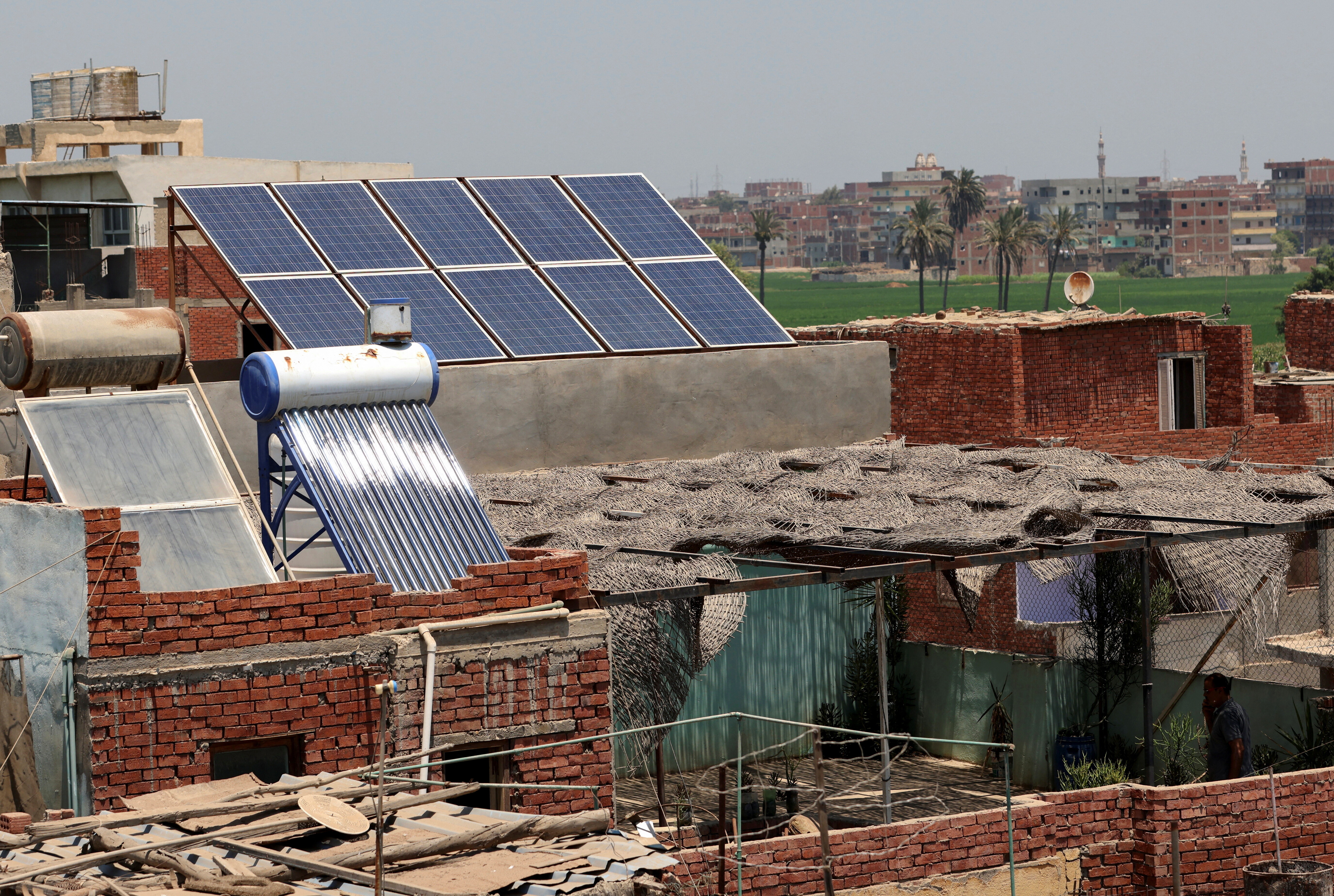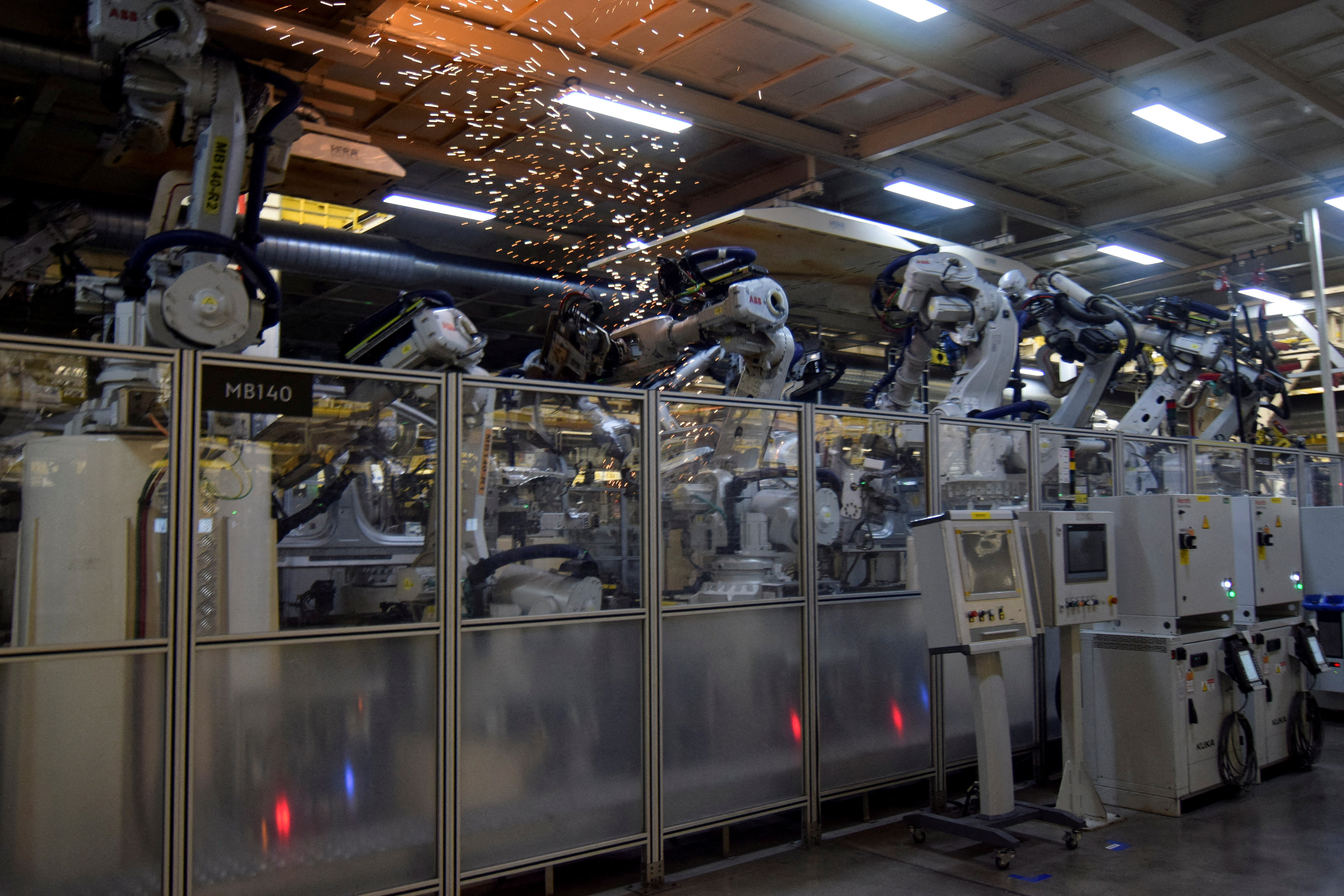What is 'trade policy 3.0’?

Trade digitalisation is a key step for the future.
Image: REUTERS/Stringer
Stay up to date:
Economic Growth
In a recent article for LSE Business Review, I introduced the classification of “trade policy 3.0” and the emergent “internet of rules” (IoR): a networked repository of executable forms of rules written in computer language. The distinctive character of trade policy 3.0 is that, in addition to “writing down the rules” of trade in natural language (trade policy 1.0) and use of “single window systems” that replicate paper-based delivery in the digital realm (trade policy 2.0), countries are able to publish computational rules to the internet in a standard way.
Access to digitally executable versions of rules can help businesses by creating a universal mechanism for determining calculations and automating payments in domestic and cross-border contexts. Rules in this form may be accessible to, and function with, any computer system (e.g. public single windows, private e-commerce platforms, logistics, banking and telecommunications). Unlike its name would suggest, the ubiquity of the internet of rules is not predicated on internet access. Via backend systems connected to the internet, a cellular network can support rules to be queried, fetched and delivered via SMS in support of paper-based compliance.
Rules automation can help lower or eliminate market barriers, including capability requirements and/or excessive transaction costs. This makes trade more inclusive. Near universal access to the rules of commerce could have a profound impact and enable small businesses, especially those located in the least developed countries (LDCs), to better participate in trade.
The Trade Facilitation Agreement effect
The Trade Facilitation Agreement (TFA) entered into force in 2017 and the majority of World Trade Organization (WTO) members are on a path towards “trade policy 2.0.” The TFA sets new requirements for governments to use technology to create an environment for “easier trade” and greater transparency. The agreement creates new, non-binding, obligations for governments to establish national single window systems to enable traders to submit regulatory compliance documents in a digital environment.
Work towards the realisation of the TFA is pushing the version history of trade policy closer to 2.0 at the global level. Yet, implementation of the agreement is of most concern for businesses in LDCs: the WTO estimates that they face trade costs equivalent to a 219 per cent tariff.
In addition, it may take more than a decade to realize the benefits of TFA implementation. Projections of the benefits derived from implementing the agreement will depend on the trade-enabling technologies adopted by national governments.
Digitalisation, trade policy and development
Broadly, according to UNCTAD, “digitalisation will create opportunities for entrepreneurs and businesses, and bring benefits to consumers.” There also seems to be a consensus that government delivery of trade policy – the rules on commercial interactions across borders – could be enhanced by digital technology.
The current “version history” of trade policy creates costs for governments, businesses and consumers and does not yield the developmental impact promised by trade liberalisation. In reality, the analog format of “written rules” creates transaction costs for commercial activity in, and across, each country of the world.
Trade policies are mostly codified in natural language. Yet, in many countries, the process of sorting out “what are the rules?” and their codification – 1.0 in the version history of trade policy – is still ongoing. International organizations, like the World Bank, are supporting governments in undertaking the important work to clarify the rules amongst numerous ministries and “sets” of rules. However, differences in natural languages and legal systems still create barriers when considering the functionality of trade policy 1.0 for business.
Now, there is a chance to piggyback on current efforts to create transparency by not only gathering/codifying the rules of trade in natural language, but also expressing the equivalents in digital form and publishing them online.
Through an open source trade digitalization project, Xalgo4Trade, Xalgorithms Alliance has developed the necessary components to enable an IoR. As the governments of LDCs clarify their rules and establish new trade facilitation systems, there is an opportunity to build an “internet of rules for all” and streamline global commerce.
The LDC opportunity and trade policy 3.0
There is a “digital divide” when it comes to global access to device technology and the internet. In LDCs, only one out of every six people has internet access and there are barriers to the proliferation of digital technologies, including lack of infrastructure, literacy and skills, the role of geography and the level of government support for a digital-enabled society.
Furthermore, as compared to their developed country counterparts, micro, small and medium-sized enterprises (MSMEs) in LDCs face serious challenges in understanding and complying with commercial rules and regulations.
A lack of clarity in the rules at the domestic level and the web of policies at the international level make it difficult for MSMEs to effectively connect into local and global value chains. Yet, firm-level data has revealed that MSMEs have much gain from, and add to, the global economy.
As articulated, trade policy 3.0 and the emergence of an internet of rules addresses many of these issues affecting small business. The development of the IoR can also be considered a resource for LDC governments that are in the process of taking stock of their trade policies and implementing solutions (e.g. single window).
There is also an important legal basis for expressing rules in digital form. According to Xalgorithms, “authorities could treat validated table-oriented algorithms as de jure official translations for the automated deployment of computational rules of commerce.” Additionally, the IoR allows for private rules to also be published securely online, as algorithms, to work in concert with digitally expressed regulations. There is an opportunity to not only bring together disparate legal/commercial and technological systems through recognition or harmonization but to also express the rules of trade in computer language so that they can be automated.
The appropriateness of an internet of rules
Small firms struggle to engage with complex or unclear legal text when it exists or they have access. Public agencies (e.g. customs authorities) often lack the capacity to effectively apply their rules. In the largely paper-based world of LDCs, there is a clear “analog” divide. At the same time, as trade-technology implementation projects abound, interoperability will play a key role in realising the development benefits of digitalisation.
Fortunately, the internet of rules works with all computer systems and extends beyond traditional “internet access” through, for instance, mobile phones and SMS technology. According to the Xalgorithms use case for SMS-based access to the IoR, “…it would probably be directly usable… through any SMS mobile wallet service like M-Pesa, mHITs, Cyclos or WorldRemit.”
Also, the pervasiveness of “virtual infrastructure” makes the IoR appealing. As the IoR is “cloud-native” – ubiquitous and flexible – there are no physical infrastructure requirements. And, Xalgorithms claims, “None of this requires capital investment by end-users. So benefits can be realized in pace with market comprehension, technical interoperability and legal due diligence.”
Together with standards, an internet of digital versions of rules may create interoperability across legal and commercial systems. Such an internet of rules has significant implications for commercial law on a global scale. Now is a key moment for LDCs to realize the benefits of trade digitalisation via an internet of rules.
Don't miss any update on this topic
Create a free account and access your personalized content collection with our latest publications and analyses.
License and Republishing
World Economic Forum articles may be republished in accordance with the Creative Commons Attribution-NonCommercial-NoDerivatives 4.0 International Public License, and in accordance with our Terms of Use.
The views expressed in this article are those of the author alone and not the World Economic Forum.
Forum Stories newsletter
Bringing you weekly curated insights and analysis on the global issues that matter.
More on Economic GrowthSee all
Marco Lambertini and Marcelo Bicalho Behar
November 6, 2025
Souleymane Ba and Nakul Zaveri
November 4, 2025
Aimée Dushime
November 4, 2025
Junpei Guo
October 30, 2025
Dylan Reim
October 29, 2025
Børge Brende and Ahmed Al-Khateeb
October 29, 2025






